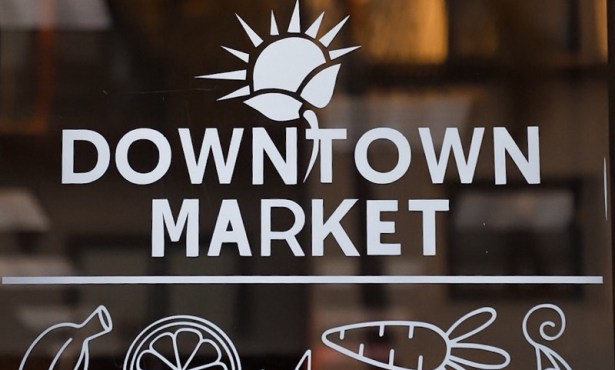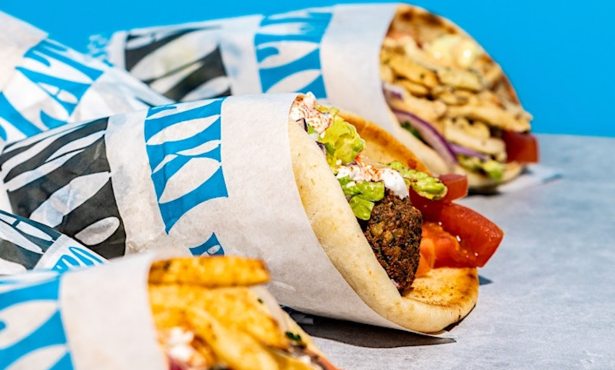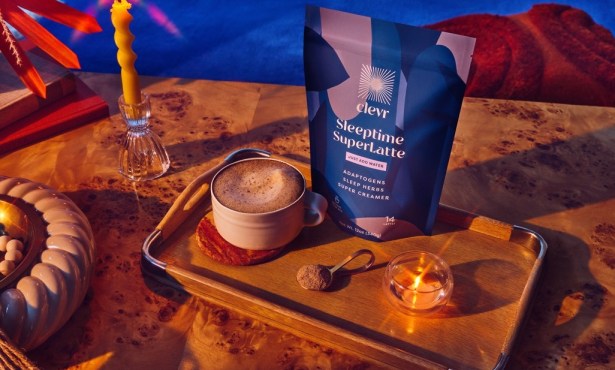Ramenfest Wisdom from Japan
Chef James Siao Shares Secrets in Time for The Goodland’s Third Annual Noodle Battle

A few weeks ago, in search of culinary and cultural inspiration, chef James Siao traveled by himself for two weeks in Japan, exploring the sushi, yakitori, and noodle experiences offered in Tokyo, Kyoto, and Osaka. “I always want to discover more about how other people live and what they eat every day,” said the chef of Finch & Fork at the Canary Hotel and Outpost at The Goodland, both Kimpton properties. “I engulfed myself in that.”
That meant eating everything from raw chicken — “I didn’t get sick, and it was delicious” — to simple nigiri with yuzu and roe to plenty of sancho peppers and pickled condiments. “Everything was really bright and vibrant and balanced,” said Siao.
The trip was timely, in that the third annual Ramenfest is taking place Sunday, November 12, at The Goodland, where restaurant teams from Barbareño, Industrial Eats, Finch & Fork, Outpost, Sama Sama, Wildwood Kitchen, and Loquita will compete to be crowned Ramen King of Santa Barbara. DJ Darla Bea will spin tunes, and Young’s Market will be serving Japanese beer, sake, and whiskey.
Siao is letting the next generation of chefs from his two restaurants take the helm this year, but offered these ramen insights as words of advice to all.
Broth: Compared to the tonkotsu broths that are prevalent in Santa Barbara and the rest of the United States, Siao explained, “Over there, the broth seems a bit cleaner. It was still very strong, flavorful broth, but it was a bit more refreshing because it wasn’t that heavy.”

Veggies Beware: Most of the meat in Japan was pork, with occasional chicken. But the broths were all pork based. “I didn’t see any vegetable broth,” said Siao. “That definitely wasn’t happening. But you could get it without egg or pork.”
Toppings: Siao said that the variations tended to be simple — just green onions and egg, or nori, or crispy garlic. Chashu pork and other ingredients that we take for granted are also add-on options.
Noodles: In each place, the noodles were standardized, because every place focuses on its type of food, with three to five main items and a number of side dishes. “If you want something different, you go somewhere else,” said Siao. “Food was definitely not a hard thing to find. It was purely everywhere, and the options were so vast.”
Not Just Noodles: In Japan, the meal doesn’t stop at a bowl of noodles. “When you eat noodles, you have a bowl of rice with [them], or karaage [fried chicken or veggies], or gyoza,” said Siao. “The meal was the ramen, but it wasn’t just a bowl of noodles. It was all these other things.”
Service Style: Most of the places Siao visited involved ordering at the counter, and then waiting for your number to be called. They don’t try to upsell you, and they won’t even refill your beer or water unless you request as much. “They won’t drop a check on you until you ask,” he said. “They don’t want to make you feel pressured in any way.”
4·1·1
Ramenfest is Sunday, November 12, noon-4 p.m., at The Goodland (5650 Calle Real, Goleta). See nightout.com for the $55 tickets.



